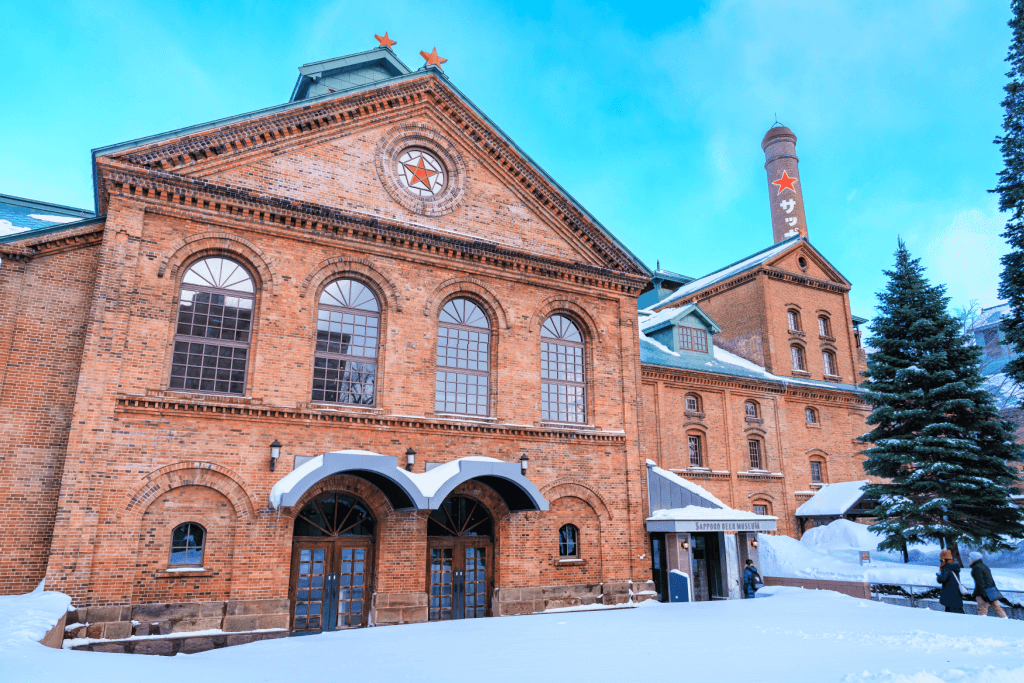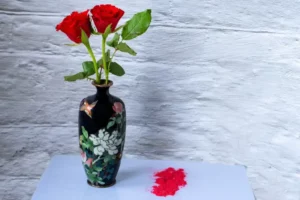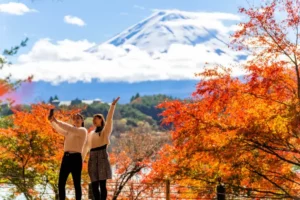Sapporo is the capital of Hokkaido, the largest prefecture in Japan, and is known for its festivities, such as the Hokkaido snow festival held in Odori Park. Hokkaido is also known for its historical sites, such as Sapporo Clock Tower and Sapporo Beer Factory. Let’s look at the five best attractions in Sapporo and what you can do there.
Sapporo is a beautiful city to visit any time during the year, but its authentic charm comes out in winter. In winter, the city becomes a winter wonderland. During this season, you can enjoy beautiful landscapes and delicious, heart-warming food like soup curry and miso ramen. There are also plenty of sites to visit within the city center.
Table of Contents
ToggleOdori Park
Odori Park is a large park stretching 12 blocks east to west of Sapporo City. Although it is referred to as a park, it is a large street, with Odori meaning “big street.” Initially, the street was called Shiribeshi Road, constructed in 1871 as a firebreak dividing the northern and southern parts of the city. The street was used for many purposes, such as horse racing and various ceremonies.
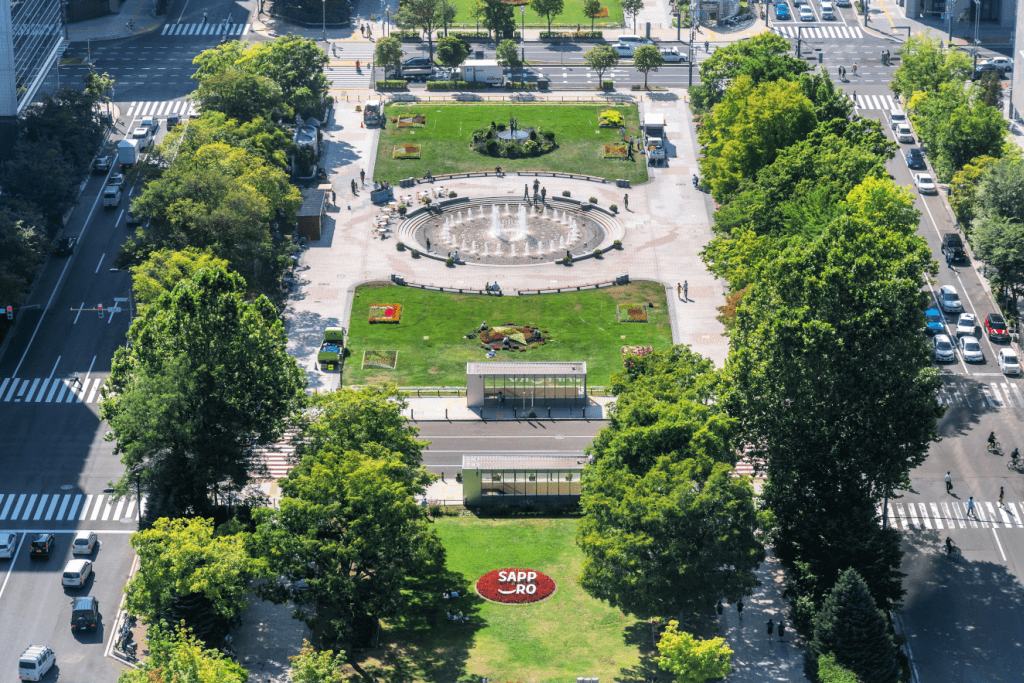
Shiribeshi Road was considered an unpopular street name in the city, so in 1881, it was named “Odori.” In 1909, the landscape gardener Nagaoka Yasubei was invited to design the road as a leafy promenade. Today, the park consists of 92 different types of trees with many flower types. During summer, you can find locals and tourists relaxing under trees. In winter, the park hosts the annual Sapporo Snow Festival.
In addition to the snow festival, the Sapporo Fall Festival is held in Odori Park in September. The park is open 24/7, and admission is free. You can reach the park through Odori Subway Station or a 10-minute walk from the South of JR Sapporo Station.
Sapporo Clock Tower
Sapporo Clock Tower, also known as Tokeidai, is famous for being the oldest clock tower in Japan. It is also one of the very few surviving Western-style buildings in Sapporo. The tower was built in 1878, and the clock was installed in 1881. Initially, the building was designed to be a training center for the Sapporo Agricultural University (now known as Hokkaido University).
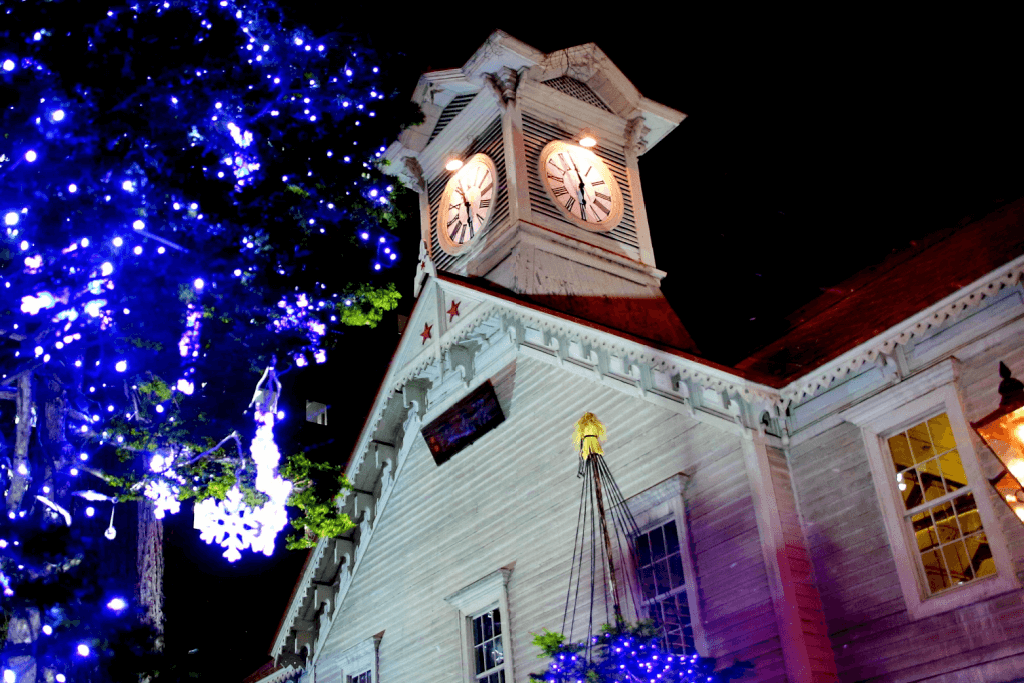
The design of the clock tower is very similar to what you may have seen in American Midwestern homes during the frontier era. Some say it’s like visiting a set from an American period drama! When you are walking around the area, it’ll be hard to miss the distinct red roof and white walls. You may also hear the chime of the bell, which rings every hour.
Initially, the first floor of the building was used for laboratories, lecture rooms, and exhibition spaces. The second floor was used for physical education training and a ceremony hall. The first floor is used as a museum and gallery, and the second is used mainly as a presentation and event space. The clock tower is a ten-minute walk from the south exit of Sapporo Station and a five-minute walk from Odori Park. The admission fee is 200 yen ($1.30)for adults and is free for high school students or younger.
Sapporo TV Tower
Located in Odori Park, the Sapporo TV tower is known for its beautiful views of Sapporo city. The observation deck atop the tower is 295 feet high and provides a 360-degree panoramic city view. The tower was built in 1957 by the same architect who planned Tokyo Tower.
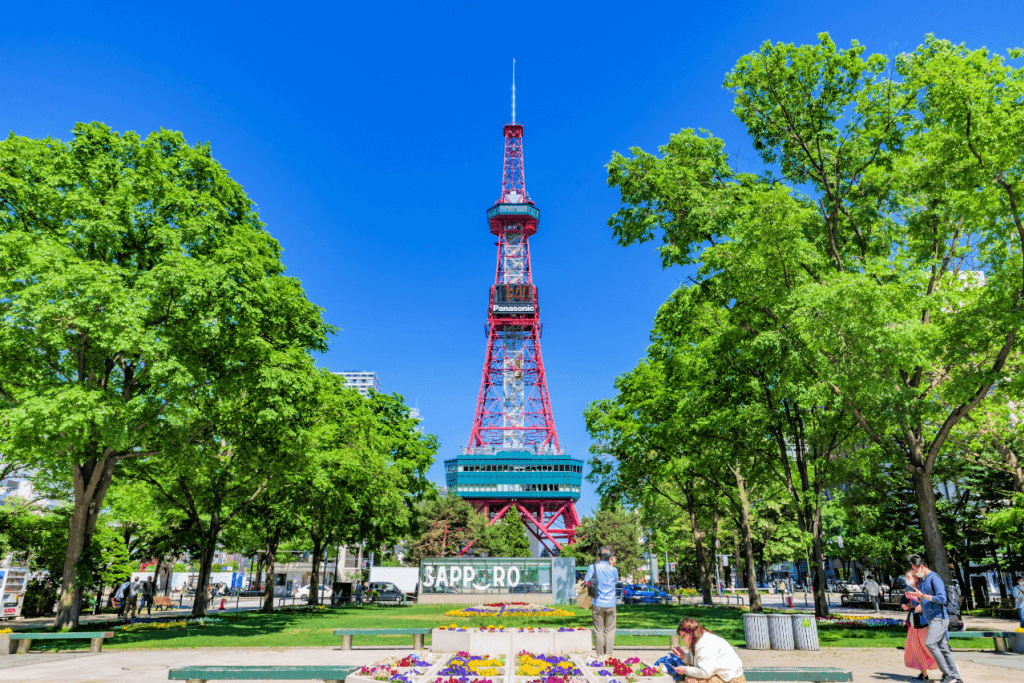
One of the best times to visit the TV tower is during the Sapporo Snow Festival in February each year. You can get a bird’s eye view of all the snow art sculptures and exciting festivities. You can also experience a beautiful snowy scenic view of Sapporo City and Mount Ōkura and Maruyama in the distance.
The TV tower is a one-minute walk from Odori Subway Station. The admission fee is 1000 yen ($6.70). However, you can get a discount ticket for the TV and clock towers for 1100 yen ($7.40). You can buy this discount ticket at the TV Tower or the Clock Tower.
Are you interested in some delicious snacks from Hokkaido? Check out Sakuraco! Sakuraco delivers traditional Japanese snacks, teas, sweets, and snacks from local Japanese makers directly to your door so you can enjoy the latest treats directly from Japan!
Sapporo Beer Museum
If you love beer, this spot should be on your to-visit list! Hokkaido is said to be the birthplace of beer. Sapporo Beer has been brewed in Hokkaido since 1877, making it one of the oldest beer brands in the country! Centuries later, the beer is still one of the most popular brands in Japan, known for its distinctive and mature taste.
The Sapporo Beer Museum was originally a sugar factory built in 1890 and owned by Kaitaku-shi Brewery. In 1887, the Kaitaku-shi Brewery was disposed of, and the Sapporo Beer Company was established, which later became the Sapporo Brewery. The factory was used as a malting plant until 1963, 1966, it became a museum. The museum was registered in 1966 as an Important Cultural Property of Japan.
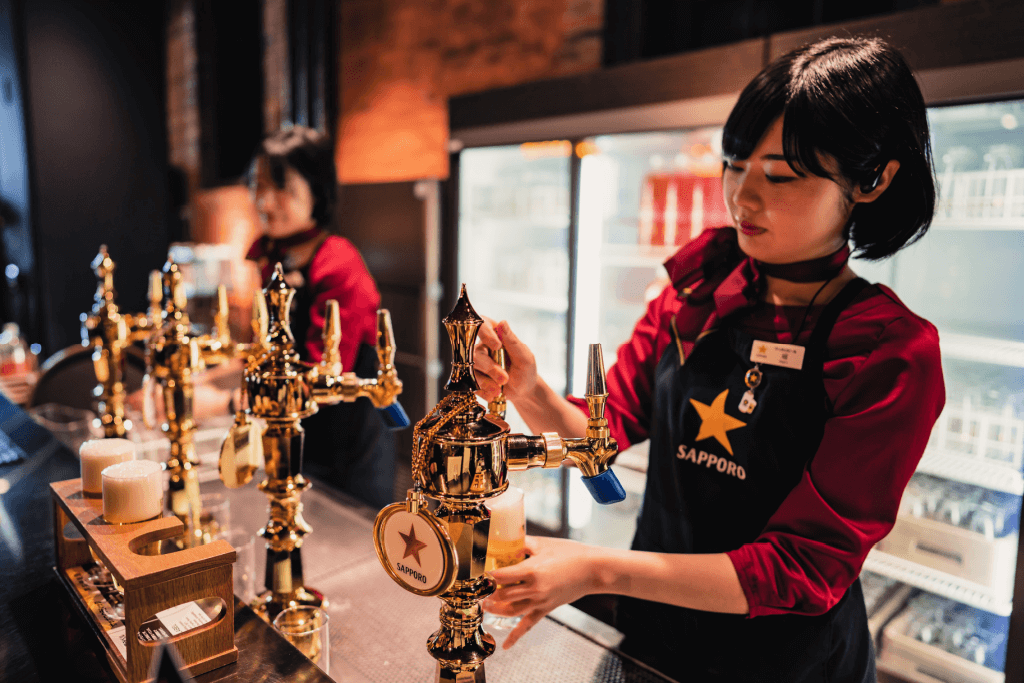
At the museum, you can see panels displaying the history of beer in Sapporo and of Sapporo Brewery. You can also see historical beer artifacts used in the brewery before World War II. On the 2nd floor, you can sample various types of beers at the museum bar. You can explore the whole museum by yourself or book a guided tour. You can try the original Fukkoku Sapporo Bakushu beer recipe during the tour.
After exploring the museum, you can visit the Sapporo Beer Garden and dine in one of its five restaurants. You can try local delicacies at the restaurants, such as King crab, Genghis Khan (Mutton barbecue ), and most importantly, Sapporo Beer! The museum is a 25-minute from Sapporo Station or a 15-minute from Higashi-Kuyakushomae Station. The admission fee is free or 500 yen ($3.40) for a guided tour.
Sapporo Art Park
Sapporo Art Park is an open-air sculpture museum and park located in a 40-hectare forest south of Sapporo Station. This park is a perfect half-day trip for those who love art and nature. The park, however, is only open between April 28 and November 4, so if you want to visit, come in spring, summer, or early fall. It has various facilities such as a museum, art studio, outdoor stage, and music practice rooms.
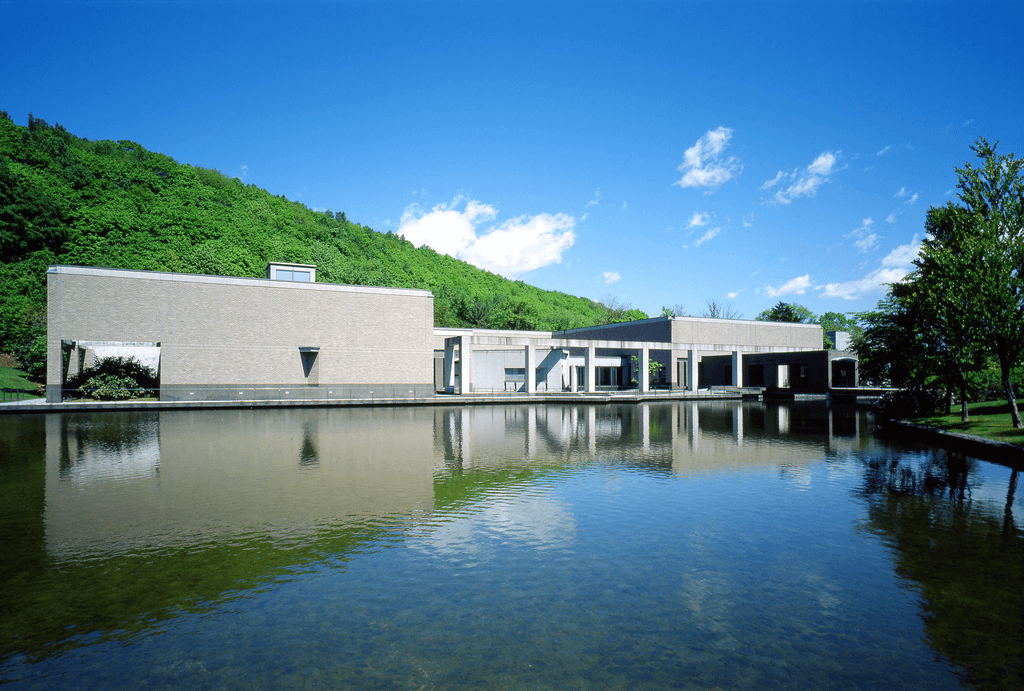
The park was opened in 1986 and now features 73 sculptures by 64 artists scattered throughout the park. This creates a natural environment where the city, the arts, and culture coexist. Most of the park is free to access. However, the Sapporo Sculpture Garden and the Sapporo Art Museum have entrance fees.
Why should I visit Sapporo?
Sapporo, Japan, Hokkaido is a beautiful city encompassing natural and historic wonders. It is also home to some of Japan’s tastiest dishes, such as soup curry and miso ramen. Winter brings snow fun with the Snow Festival in Odori Park and wintery hot spring experiences in the mountains. What would you like to experience in Sapporo? Let us know in the comments below!


